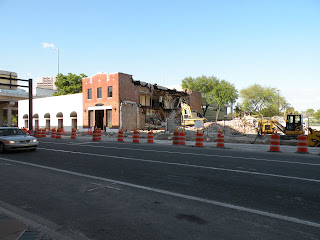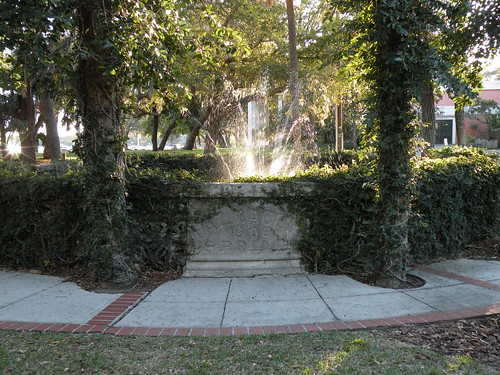

When the Tampa Bay History journal was re-issued in 2007 (originally published from 1979-1998) the first essay in the edition was an intriguing look at the Tampa bypass canal system and flood management control in central Hillsborough County titled "The Taming of the Hillsborough River: How Tampa Gained a Moat, Destroyed a Creek, and Forgot a River" by Thom Foley. While the Hillsborough River is mentioned in the title, the essay focused mostly on Palm River and Six Mile Creek.
Palm River is south of SR 60 / Adamo Drive and flows into McKay bay south of Ybor City. Upstream the river bends towards the north and was called Six Mile Creek. Here was where Plant's railroad first entered the area. In the first half of the 20th century if you were traveling into Tampa from Brandon, Plant City, Lakeland or any other community to the East you had to travel down Broadway over an old bridge spanning Six Mile Creek. Surrounding the bridge was the small community of Six Mile Creek that contained a market and service station ready to meet the needs of travelers. When settlers first came to the area they set up farms along the creek and river. As the area grew industrial factories began to set up shop near the creek and river shores.








